CHECK OUT OUR MEDIA MENTION IN NUTRITION INSIGHT
30-April-2025
The WHO recommends a dietary fiber intake of at least 25 grams daily, but research indicates many people don’t reach that goal. We examine this dietary fiber gap in the global population and opportunities for fortified foods to improve public health with Tate & Lyle, COMET, Alland & Robert, and Sensus.
Abigail Storms, SVP of Fiber and Sweetener Platform at Tate & Lyle, tells Nutrition Insight: “Our modeling studies show that it is possible to meaningfully increase intakes, getting more people closer to that recommended intake, with minimal behavior change required.”
“We believe that collaboration between food scientists, nutritionists, and the food industry is essential to develop products that meet consumer expectations and deliver tangible health benefits.”
Dietary fiber consumption has been linked to gut health and satiety, with a recent focus on its role in metabolic health and blood glucose metabolism. In addition, sufficient fiber intake can help reduce the risk of chronic conditions, such as heart disease.
Fiber gap impact
The US Department of Agriculture’s 2020–2025 Dietary Guidelines for Americans states that over 90% of women and 97% of men do not meet recommended intakes of dietary fiber due to underconsumption of fruits, vegetables, and whole grains.
Last year’s Scientific Report of the 2025 Dietary Guidelines Advisory Committee again signals dietary fiber as one of the “nutrients of public health concern due to underconsumption.” The report serves as input to develop the 2025–2030 guidelines.
Hannah Ackermann, registered dietitian and Comet’s VP of Marketing and Nutrition Affairs, says a growing number of foods and beverages with functional prebiotic fiber helps consumers fill this gap.
“Prebiotic fibers, specifically, offer a solution to help boost fiber intake and support overall digestive health by promoting the growth of beneficial bacteria in the gut.”
She expects novel prebiotic fibers to be incorporated into various products, such as “a morning cup of coffee or evening chocolate bar, enabling consumers to more easily meet their gut health needs and the recommended daily fiber intake.”
Alland & Robert’s R&D director, Dr. Isabelle Jaouen, highlights that more and more people are affected by digestive discomforts. She says that fiber fortification is essential to help overcome this.
“Individuals with specific health conditions or dietary restrictions may need personalized diets to manage their conditions effectively, but they may simply want to improve their digestion and health.”
Alland & Robert created the Acacia Fibre range to support manufacturers’ fortification goals. The range offers a “guarantee of minimum 90% fiber content, is highly soluble in water, low in calories and very slowly fermented, which means a very small evolution of the fiber content and great digestibility and tolerance,” details Jaouen.
The range supports people with irritable bowel syndrome or who are sensitive to fermentable oligosaccharides, disaccharides, monosaccharides, and polyols (FODMAPs).
Plant-based prebiotics
Elaine Vaughan, Health Science & Regulatory Affairs leader at Sensus, highlights chicory root inulin and oligofructose as the “only plant-based prebiotics” on the market that the International Scientific Association for Probiotics and Prebiotics officially recognizes.
She says research supports chicory inulin’s physiological health effects, notably improving digestive health and stool frequency.
“Chicory root fiber selectively increases the abundance of beneficial bifidobacteria in the human gastrointestinal tract, which contribute to a healthy gut microbiome producing beneficial metabolites within the body.”
“More recently, there is increasing scientific evidence for chicory root fibers in supporting conditions beyond the gut, such as modulating immunity and inflammation, as well as supporting weight management. Also fascinating is the upcoming field of the role of fibers like inulin influencing the gut-brain axis with potential mental health benefits.”
Comet’s Ackermann highlights that inulin is the conventional prebiotic fiber choice for many brands aiming to make fiber or digestive health claims. However, she says that “formulation issues and consumer complaints of gastric distress are driving manufacturers to look for a better option.”
“Food manufacturers have yet to find the perfect fiber ingredient — natural, functional, and versatile — to fill the two-million-ton annual fiber gap in the US alone.”
Search for new fibers
Ackermann recommends that R&D departments strive to formulate optimally performing ingredients. This will ensure that “inclusion levels can better align with gut health-related health claims, improve upon consumers’ gut health without causing gut discomfort, and withstand common processing techniques.”
Comet offers Arrabina prebiotic dietary fiber as an alternative to inulin, which was recently awarded FODMAP Friendly certification. Arrabina is heat- and pH-resistant, has a low viscosity and neutral mouthfeel, and can be used in a small serving size for prebiotic claims.
“Comet has the patented upcycling technology needed to unlock arabinoxylan’s full potential and make it available in our proprietary line of prebiotic dietary fibers,” says Ackermann.
She adds that the fiber has been tested in applications ranging from coffee, tea, and other beverages to protein powders, supplements, baked goods, snacks and bars, and chocolate and confectionery.
Ackermann says the growing use of prebiotic claims on new product launches is leading to increased market scrutiny. She calls for high product standards and sufficient prebiotic content to back these health positionings to build consumer trust.
Last year, scientists outlined a new strategic roadmap for prebiotic health claims to get regulatory recognition in the EU. The term prebiotics is not authorized as a health claim in the region.
Meanwhile, the Global Prebiotic Association recently updated its definition of prebiotics and prebiotic effects to enhance research, consumer awareness, and product innovations.
Dealing with diverse functionalities
Jaouen from Alland & Robert notes that technology innovation is crucial in fiber fortification as it can significantly impact products’ manufacturing processes.
“Processing improvements can increase solubility and dispersibility, facilitating its inclusion in powdered beverages, meal replacement shakes, and dietary supplements.”
Tate & Lyle’s Storms highlights several challenges in formulating with fibers, such as “ensuring the sensory qualities of fortified products, such as taste and texture, are not compromised and formulated avoiding digestive discomfort or tolerance.”
She says identifying the optimal fiber or combination for a specific application is crucial to achieving an excellent sensorial outcome.
“Each fiber possesses a unique molecular structure and composition, which directly influences its behavior in various applications,” Storms explains. “Additionally, some fibers have lower tolerance levels than others, making it essential to understand the appropriate fiber to use based on cumulative consumption.”






